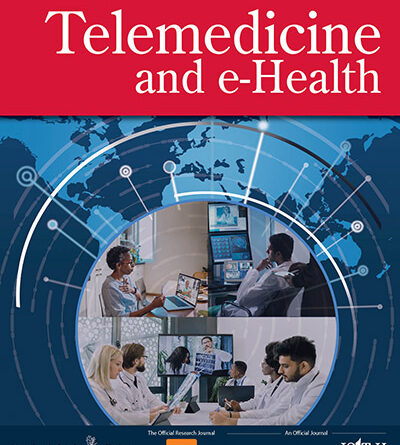The Effectiveness of Telehealth Interventions on Medication Adherence Among Patients with Type 2 Diabetes: A Meta-Analysis
Objective:Diabetes mellitus (DM) is a global health issue with an increasing frequency across the world and is an important disease in which medication adherence is a priority component for disease management. Several interventions are implemented to increase medication adherence in patients with type 2 DM, and telehealth interventions have become widespread thanks to technological advancements. This meta-analysis aims at reviewing the telehealth interventions applied to patients with type 2 DM and examining their effects on medication adherence.
Methods:Relevant studies published in ScienceDirect, Web of Science, Cochrane Central Register of Controlled Trials (CENTRAL) and PubMed from 2000 to December 2022 were searched in this meta-analysis. Their methodological quality was assessed using the Modified Jadad scale. Total score for each study ranged from 0 (low quality) to 8 (high quality). Studies with four or more were of good quality. Standardized mean difference (SMD) and 95% confidence intervals (CI) were used for statistical analysis. Publication bias was assessed using the funnel plot and Egger regression test. Both subgroup analysis and meta-regression analysis were performed in the study.
Results:A total of 18 studies were analyzed in this meta-analysis. All studies scored 4 or above in their methodological quality assessment and were of good quality. The combined results have shown that telehealth interventions significantly increased medication adherence in the intervention group (SMD = 0.501; 95% CI 0.231–0.771; Z = 3.63, p < 0.001). Our subgroup analysis has revealed that HbA1c value, mean age, and duration of intervention significantly affected the study results.
Conclusion:Telehealth interventions are an effective method to increase medication adherence in patients with type 2 DM. It is recommended that telehealth interventions be expanded in clinical practices and included in disease management.


